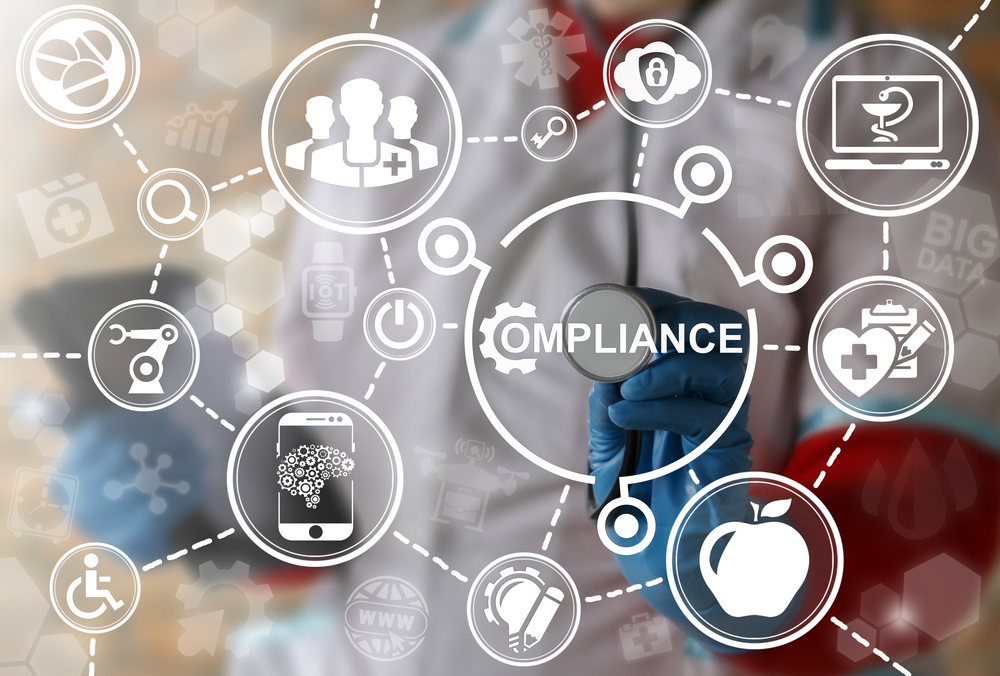The Internet of Things (IoT) affects more than the way we do business and manufacturing in this country. That technology slowly but surely takes up more and more space in our homes. Today you can control the thermostat, the fridge temperature, and when your vacuum cleaner starts working thanks to the IoT. All from your phone, no matter whether you are on the couch, at the office, or across the country.
That is all exciting, of course, but comes with some concerns. The main source of worry among IoT skeptics is that the technology can compromise consumer privacy. The way your devices collect and transmit data, the type of data, and its safety surely need to come under scrutiny.
